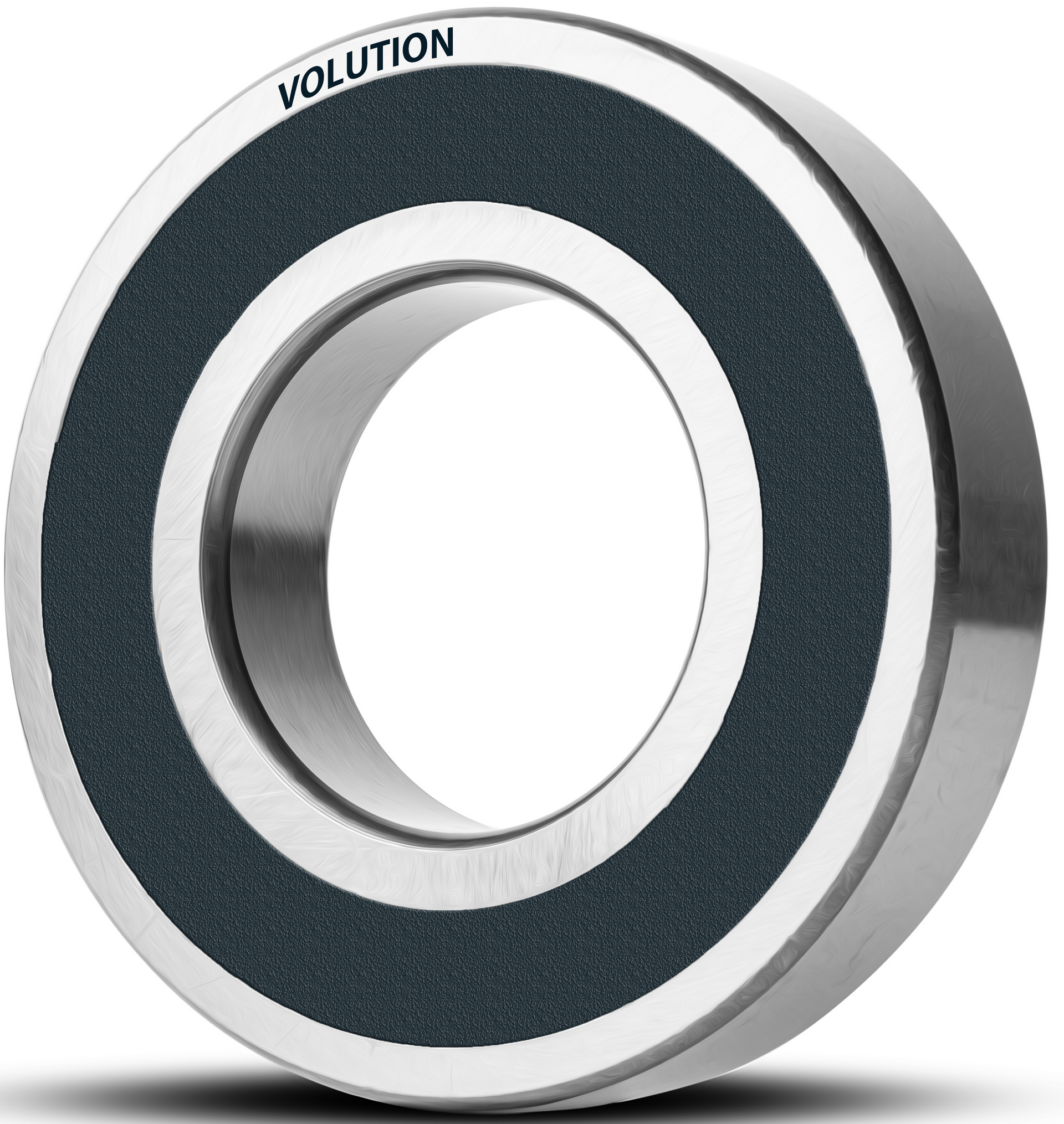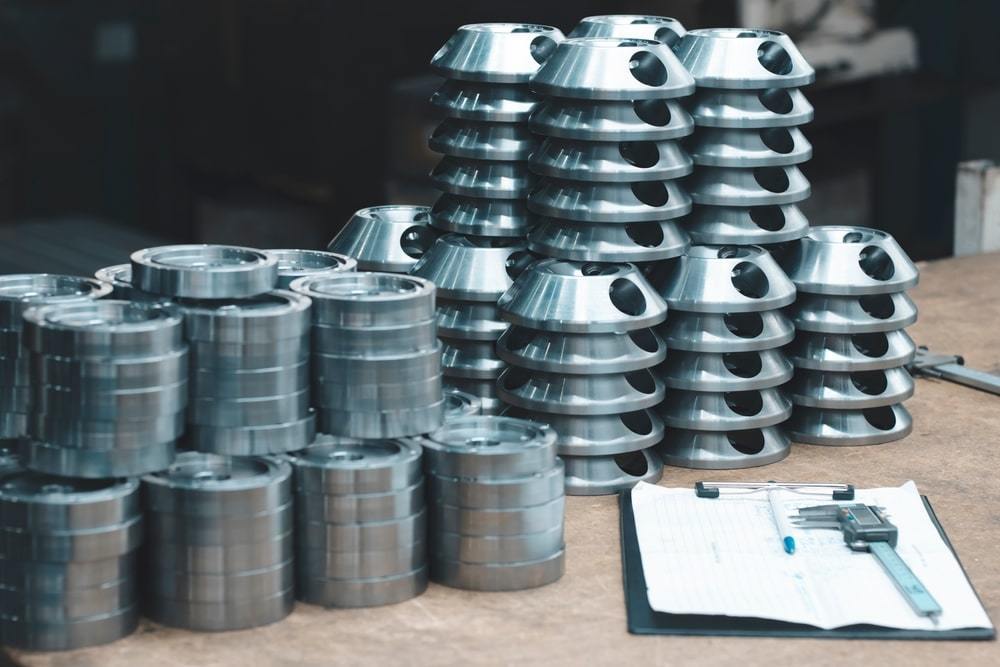Facts About Volution Bearing Revealed
Facts About Volution Bearing Revealed
Blog Article
The 25-Second Trick For Volution Bearing
Table of ContentsThe 9-Second Trick For Volution BearingThe 2-Minute Rule for Volution BearingNot known Details About Volution Bearing Excitement About Volution Bearing
An axial (or drive) bearing load is when pressure is alongside the axis of the shaft. A radial bearing load is when pressure is perpendicular to the shaft. Then a combination bearing tons is when parallel and vertical pressures create an angular pressure about the shaft. Ball bearings are made with round balls and can distribute loads over a medium-sized area.Below is a quick referral for the kind of bearing lots and the most effective sphere bearing for the work: Radial (vertical to the shaft) and light loads: Pick radial round bearings (additionally known as deep groove ball bearings). Radial bearings are a few of the most typical kinds of bearings on the marketplace.
Roller bearings are developed with cylindrical rollers that can distribute loads over a bigger surface location than round bearings. Below is a quick reference for the kind of birthing load and the best roller bearing for the job: Radial (vertical to the shaft) lots: Choose conventional round roller bearings Axial (propelled) (parallel to the shaft) tons: Pick round thrust bearings Combined, both radial and axial, tons: Pick a taper roller bearing The rotational rate of your application is the next element to look at when picking a bearing.
They do better at higher speeds and use a greater speed range than roller bearings. One reason is that the call in between the rolling aspect and the raceways in a ball bearing is a point as opposed to a line of call, like in roller bearings. Since rolling aspects press right into the raceway as they roll over the surface area, there is much less surface area deformation occurring in the point tons from ball bearings.
Volution Bearing - Truths

If this occurs, an easy and typical option is to switch the ball bearing product from steel to ceramic. This maintains the bearing dimension the very same however provides roughly a 25% higher rate rating. Considering that ceramic material is lighter than steel, ceramic rounds generate much less centrifugal pressure for any type of provided speed.
One reason is that the balls are smaller sized and smaller sized spheres weigh less and create less centrifugal pressure when revolving. Angular call bearings also have a built-in preload on the bearings which collaborates with centrifugal forces to properly roll the balls in the bearing. If you are designing a high-speed application, then you'll desire a high-precision bearing, generally within the ABEC 7 precision course.
Unknown Facts About Volution Bearing
For that reason, when the bearing is being used at high rates, the official website spheres quickly roll over the bearing raceway with less integrity which can cause a bearing failure. High precision bearings. volution bearing are manufactured with rigorous criteria and have very little inconsistency from the specs when created. High precision bearings are trustworthy for applications that go quickly due to the fact that they ensure excellent round and raceway interaction.
Some applications, like cutting device spindles, will just allow a small inconsistency to happen on its revolving parts. If you are crafting an application like this, after that select a high accuracy bearing since it will produce smaller system runouts as a result of the limited resistances the bearing was manufactured to. Birthing strength is the resistance to the pressure that triggers the shaft to depart from its axis and plays an essential function in reducing shaft runout.

When the angular call bearings are installed, the countered is removed which causes the rounds to press right into the raceway with no outdoors application pressure. This is called preloading and the procedure boosts bearing strength even prior to the bearing sees any type of application forces. Knowing your bearing lubrication demands is very important for selecting the ideal bearings and needs to be taken into consideration early in an application style.
The Best Strategy To Use For Volution Bearing
Lubrication produces a movie of oil between the rolling component and the bearing raceway that assists prevent rubbing and overheating. One of the most typical kind of lubrication is grease, which includes an oil with a thickening representative. The thickening representative keeps the oil in location, so it will not leave the bearing.
After the rolling element passes by, the oil and thickening representative join back with each other. For high-speed applications, understanding the speed at which the oil and thickener can divide and rejoin is essential. This is called the application or bearing n * dm worth. Prior to you choose a grease, you need to discover your applications ndm worth.
Contrast your ndm value to the oil's max speed worth, located on the datasheet. If your n * dm value is greater than the grease max speed value on the datasheet, after that the grease won't have the ability to give enough lubrication and early failure will happen. An additional lubrication choice for high-speed applications are oil haze systems which mix oil with compressed air and afterwards inject it into the bearing raceway at metered periods.
Report this page